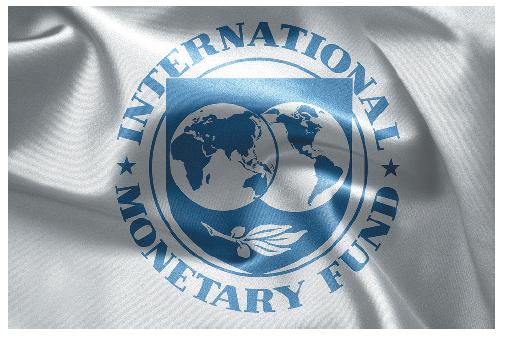Since their independence, developing nations have been net recipients of foreign debt from developed nations to finance
Question:
Since their independence, developing nations have been net recipients of foreign debt from developed nations to finance their development plans. Many of the poorest countries of the world are overwhelmed with debt burdens that they find difficult to manage. This has urged the International Monetary Fund (IMF) and the World Bank to start the Heavily Indebted Poor Countries (HIPC) Initiative in 1996. To help with economic and human development, the HIPC Initiative has extended $99 billion in the form of debt relief and low interest loans to 37 very poor nations. However, since the beginning of the twenty-first century, several industrial nations have become debtor nations instead of their previous role as suppliers of capital to developing nations.
In response to a slowdown in the growth prospects of industrial nations, middle-income and emerging market economies have been acting as their net creditors, especially during the global financial crisis of 2008–2009. The United Nations reports that external debt levels of high-income countries are on average 2 to 3 times higher than in low and middle-income developing nations. As such, the net financial flows to developing countries turned negative between 2015 and 2017.
Since 2006, with this change in global capital flows, the IMF started building a database of the balance of payments figures of countries round the world. Among these are the Net International Investment Position (NIIP), which is defined as the difference between foreign assets that domestic residents own and liabilities. When external assets exceed liabilities, the NIIP is positive and when liabilities exceed assets it is negative. The United States is the largest debtor nation in the world, with a negative NIIP of €7,710.5 billion. For the same period, Japan recorded a positive NIIP of €2,829.1 billion.
The European Union (EU-28) reported a negative NIIP of nearly €500 billion in 2017, which equals almost 5 percent of GDP. Germany and the Netherlands are the major net creditor economies in Europe, while Spain, Ireland, and France held higher positions in financial liabilities abroad than financial assets, making them net borrowers or debtors.
Thus, the risks of debt sustainability have grown for a few developed countries as well as for some developing and emerging economies. The NIIP position is an important parameter to gauge a country’s financial condition and creditworthiness. But instead of looking at absolute values, the NIIP’s size has to be examined in relation to the economy’s size (the ratio of NIIP to GDP).

Questions
Visit the IMF database at www.data.imf.org. Examine the NIIP position of your country in relation to its GDP. Is your country a net debtor or creditor?
Step by Step Answer:

Principles Of Macroeconomics
ISBN: 9781292303826
13th Global Edition
Authors: Karl E. Case,Ray C. Fair , Sharon E. Oster





